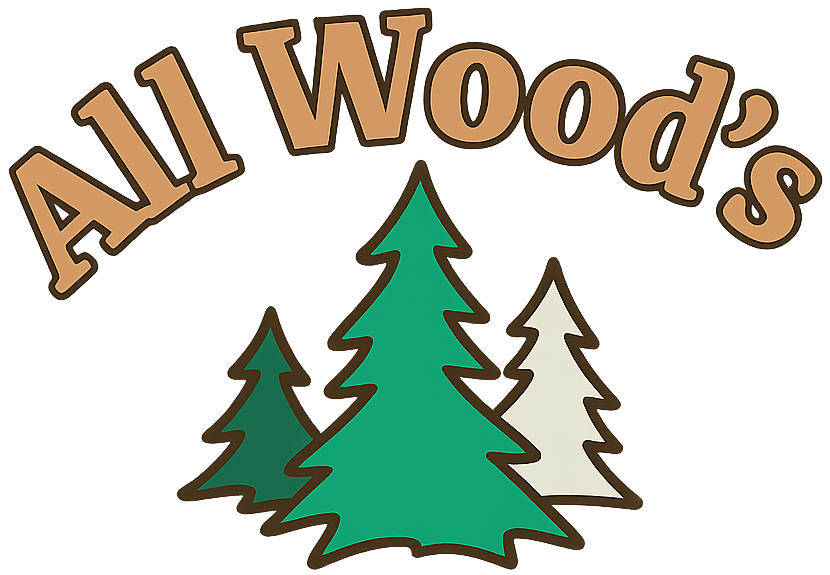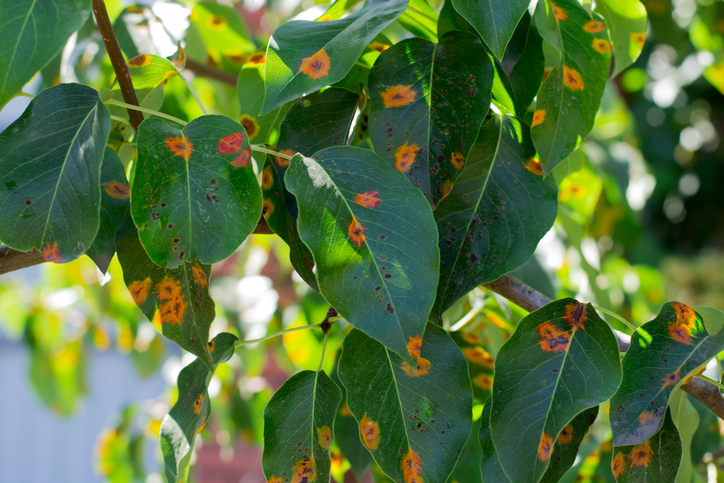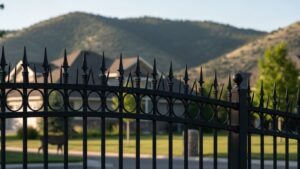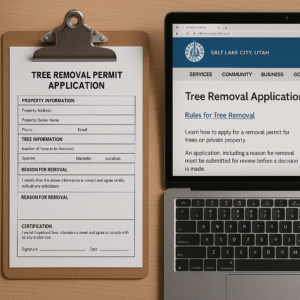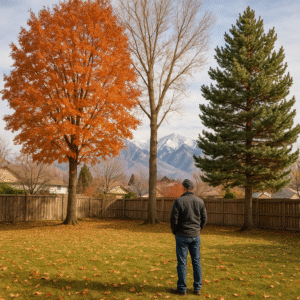Utah’s diverse climate makes it an ideal home for a variety of tree species. However, this diversity also attracts various pests that can harm your trees. At All Wood’s Tree Service, we understand the importance of maintaining healthy trees. This guide will help you identify and manage the most common types of tree pests in Utah.
Common Tree Pests in Utah
Common tree pests such as aphids, spider mites, bark beetles, and box elder bugs can have devastating effects on trees in Utah. Aphids and spider mites weaken trees by sucking sap and cell contents from leaves, causing yellowing, curling, and premature leaf drop. Bark beetles bore into tree bark, disrupting nutrient and water flow, which can lead to canopy thinning and dieback. Box elder bugs gather in large numbers and infiltrate both trees and home spaces. These pests not only compromise the aesthetic and health of trees but also reduce their growth and vigor, increasing susceptibility to other stresses and diseases.

1. Aphids
Identification:
Aphids are small, soft-bodied insects that typically cluster on the undersides of leaves and around new growth. They come in various colors, including green, black, brown, and pink.
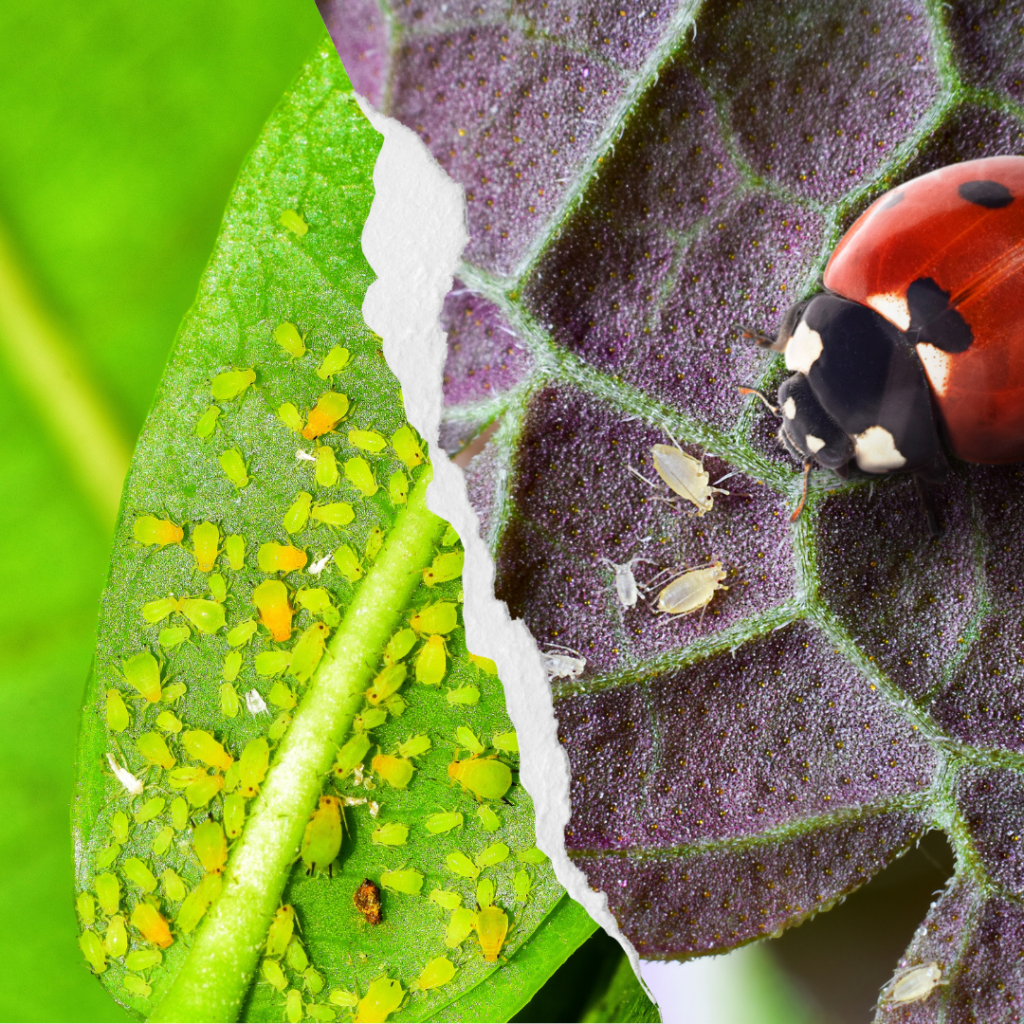
Impact:
Aphids suck sap from the leaves, causing them to curl and become distorted. They also excrete a sticky substance known as honeydew, which can lead to sooty mold growth on the leaves.
Management:
- Natural Predators: Ladybugs and lacewings are natural predators of aphids. Encouraging these beneficial insects can help control aphid populations.
- Insecticidal Soap: Applying insecticidal soap can effectively reduce aphid numbers without harming the tree.
2. Spider Mites
Identification:
Spider mites are tiny arachnids, often red or brown. They are most commonly found on the undersides of leaves, where they spin fine webs.

Impact:
These pests cause leaves to turn yellow and drop prematurely by sucking cell contents from the foliage.
Management:
- Water Spray: Regularly spraying leaves with water can dislodge mites and disrupt their life cycle.
- Miticide: In severe cases, applying a miticide can help control infestations.
3. Bark Beetles
Identification:
Bark beetles are small, cylindrical insects that bore through tree bark. Signs of infestation include sawdust-like frass and small entry holes in the bark.

Impact:
Bark beetles can severely weaken trees by disrupting the transport of water and nutrients. Infested trees often show canopy thinning and dieback.
Management:
- Tree Health: Maintaining overall tree health through proper watering, mulching, and pruning can make trees less susceptible to infestations.
- Pesticides: Pesticides may be necessary for severe infestations but should be applied by professionals like All Wood’s Tree Service.
4. Box Elder Bugs
Identification:
Box elder bugs are easily identifiable by their distinctive black and orange-red markings, and common pests in areas with box elder, maple, and ash trees.
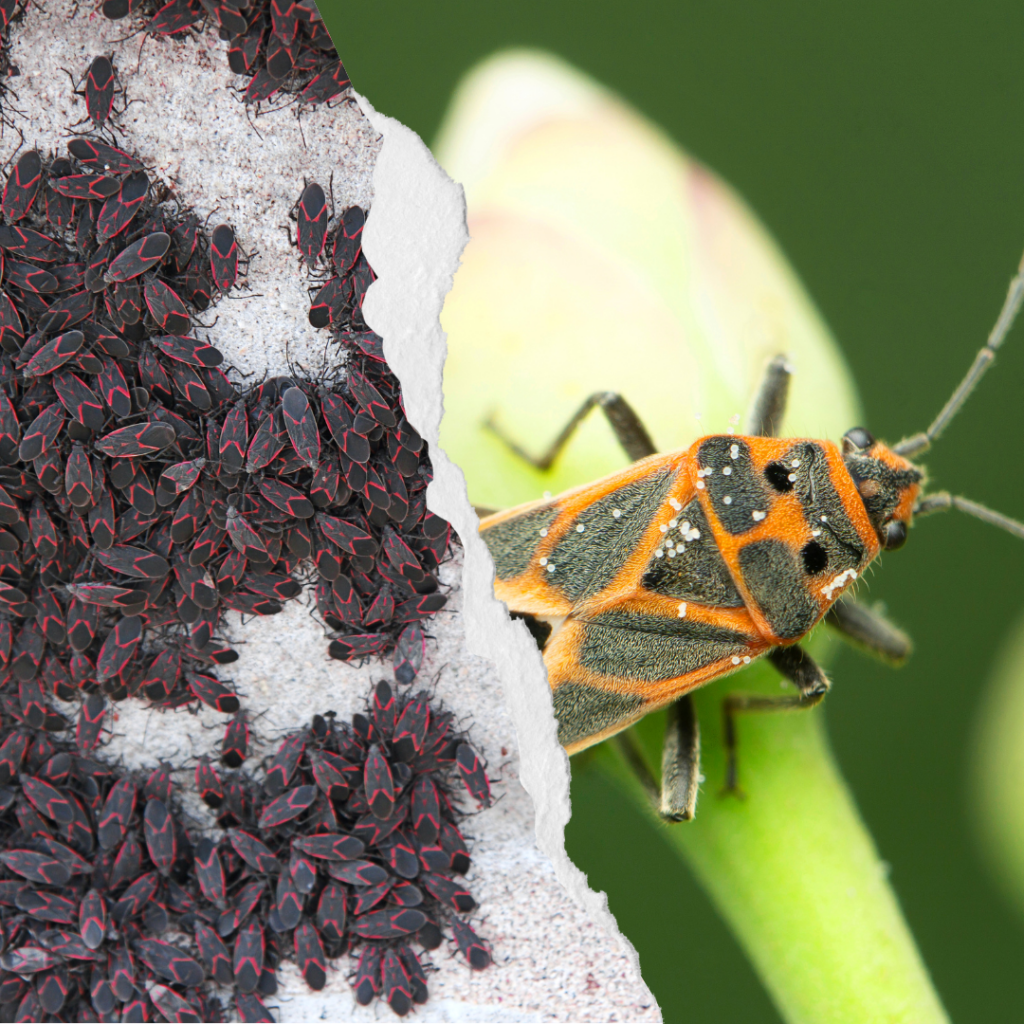
Impact:
These insects are primarily a nuisance; while they do feed on leaves, flowers, and new seed pods, they typically do not cause significant damage to the trees themselves. However, in large numbers, they can stain surfaces with their excrement and become a considerable annoyance when they invade homes seeking warmth during colder months.
Management:
- Fallen Debris: Regularly cleaning up fallen debris and seeds can help reduce breeding sites.
- Soaps and Oils: Insecticidal soaps or neem oil can be applied directly to clusters of bugs to reduce populations without harming the tree.
At All Wood’s Tree Service, we are dedicated to helping you maintain the health and beauty of your trees. If you suspect your trees are suffering from any of these pests, don’t hesitate to contact us for a professional assessment and tailored treatment plan. Early detection and proper management are key to protecting your trees from these common pests in Utah.
